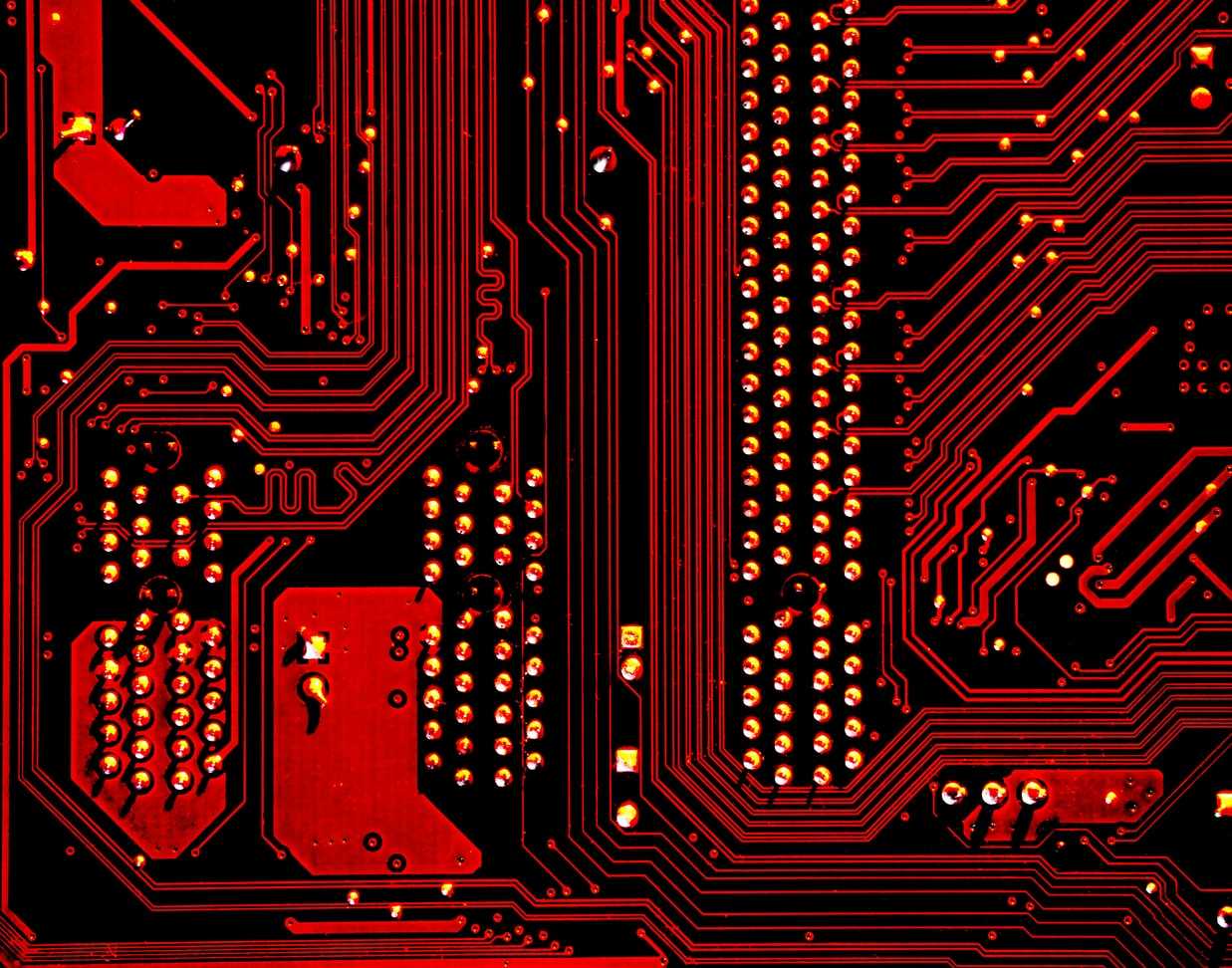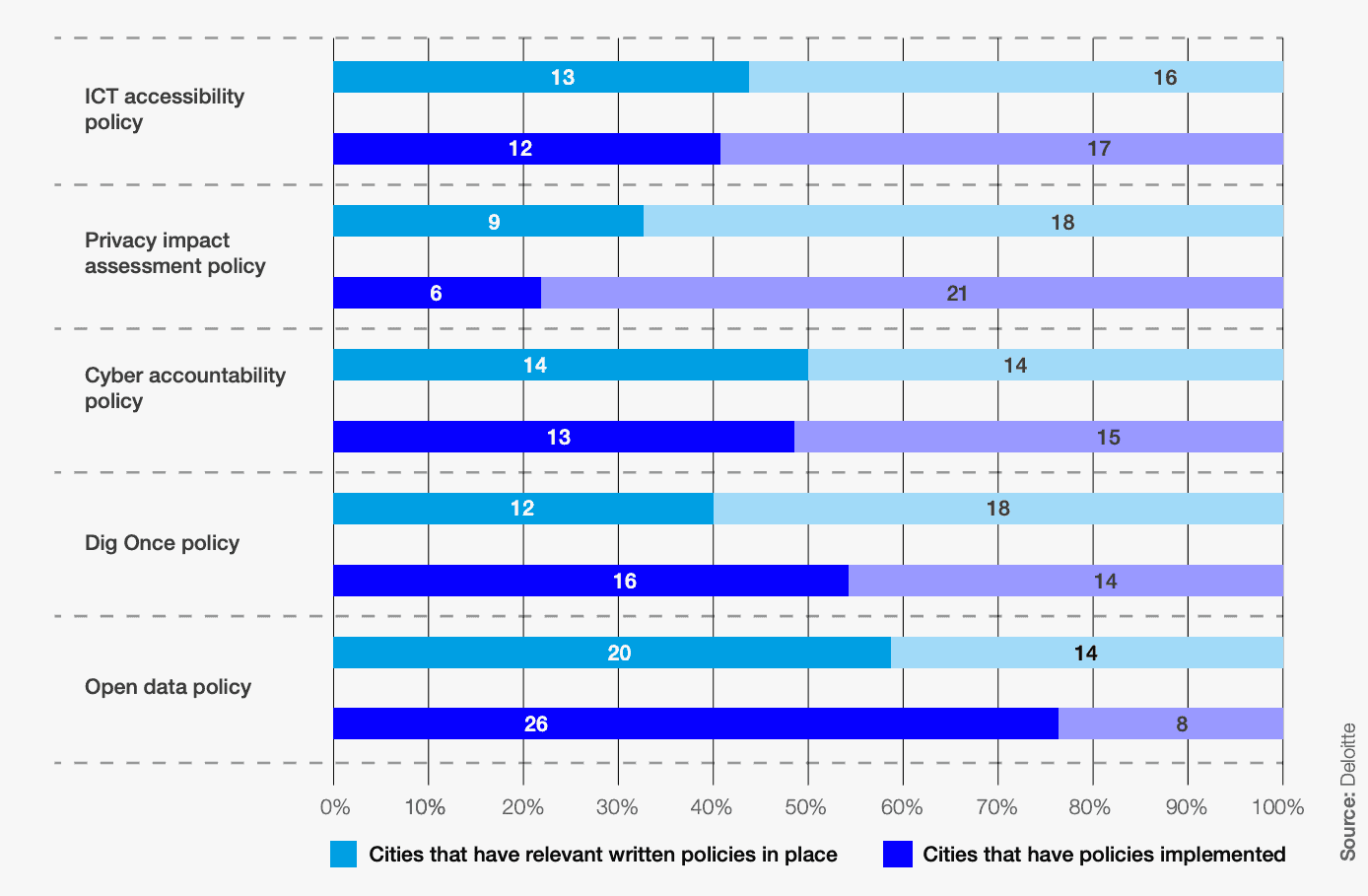
The cybersecurity gap
From fault-tolerant to fragile.
How likely? How soon? What impact?
Could a smart city cause a disaster? In his 1984 book Normal Accidents, sociologist Charles Perrow argued that major failures in complex technological systems are not only likely but predictable. Urban tech has spread so far, so wide, and so deeply that a catastrophe seems all but inevitable. What's worse, Perrow argued, the failsafes and safety protocols we put in place to prevent such accidents often make small accidents much worse. Automating safety systems can create new kinds of risks and accidents never seen before. That's what happened at Chernobyl.
The greatest source of risk for urban tech is cybersecurity. A lax approach to information security has characterized internet development generally. The rollout of Internet of Things (IoT) devices has compounded the risks of poor security practices. These risks have been ignored, underestimated, and insufficiently mitigated. For cities, closing the cybersecurity gap will complicate and increase the cost of adopting urban tech, but ultimately could spell the difference between prosperity and sudden collapse. Or perhaps, it might mean muddling along with underperforming and unreliable urban systems for decades to come.
Signals
Signals are evidence of possible futures found in the world today—technologies, products, services, and behaviors that we expect are already here but could become more widespread tomorrow.




..png)





